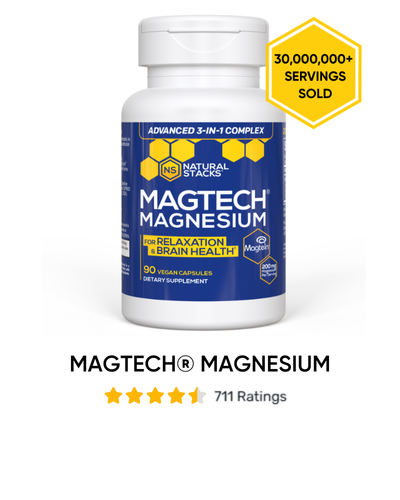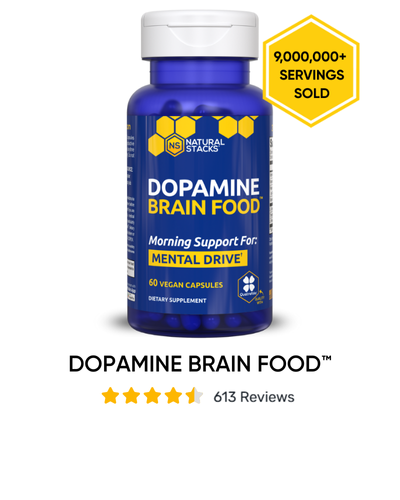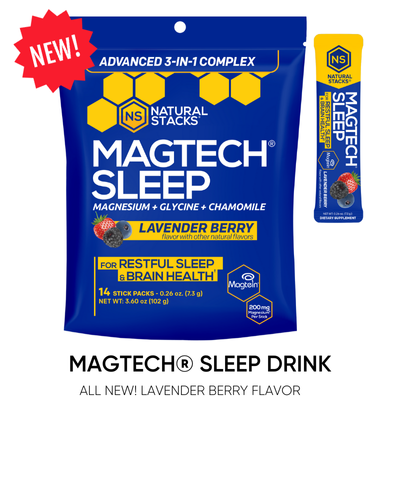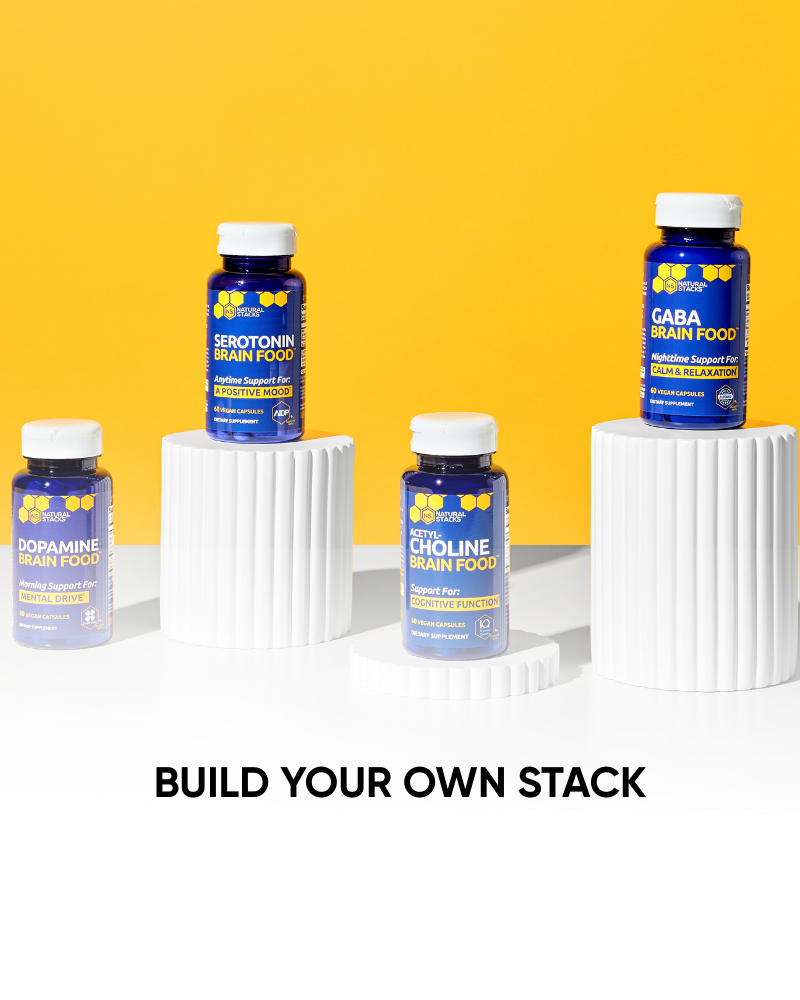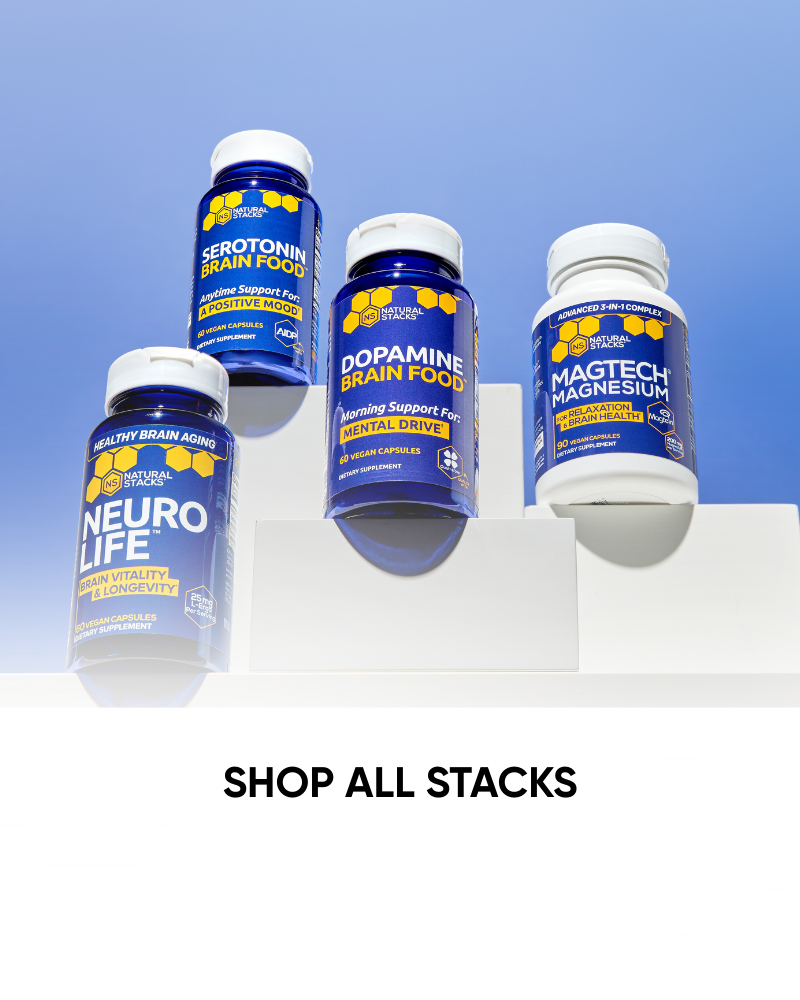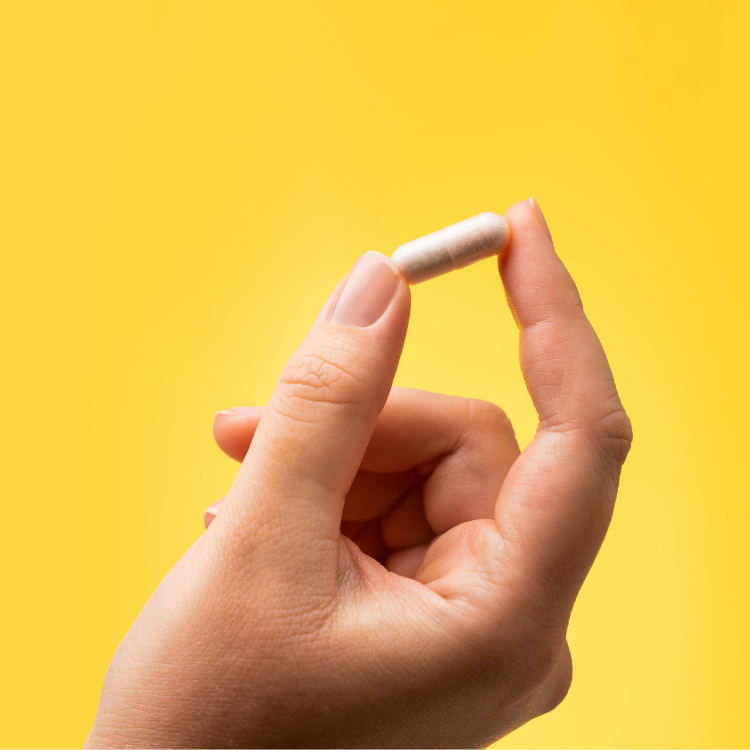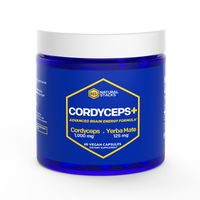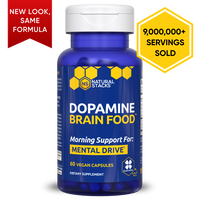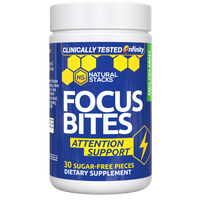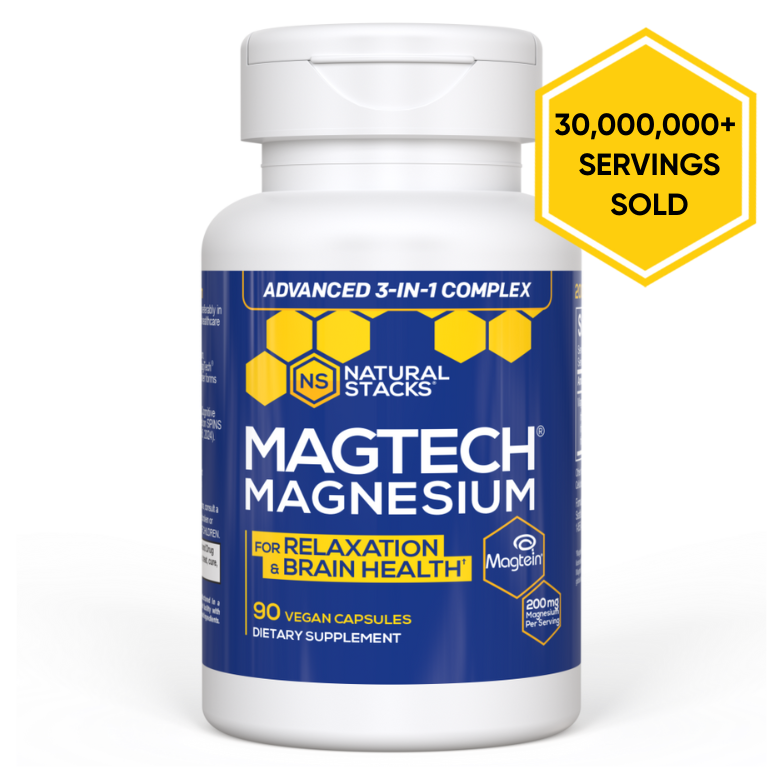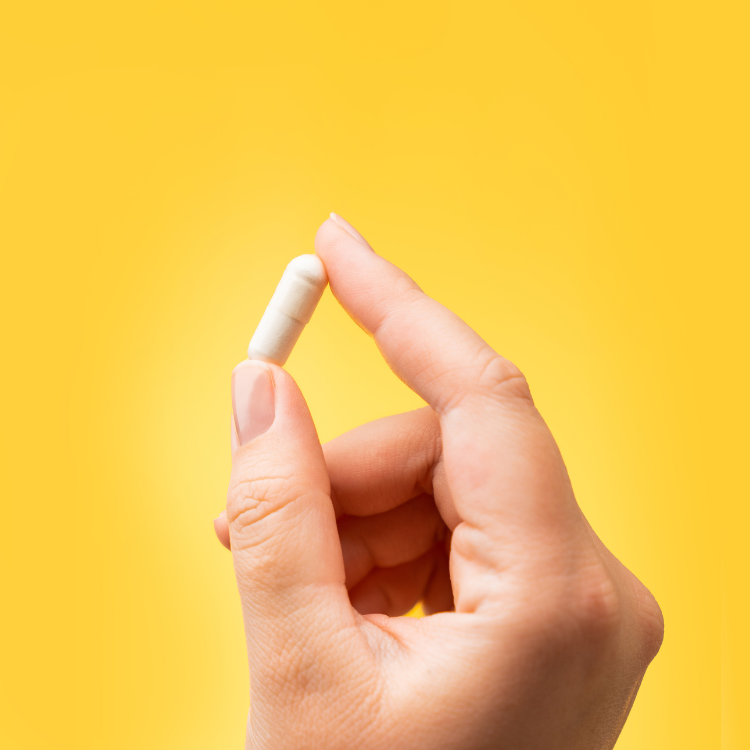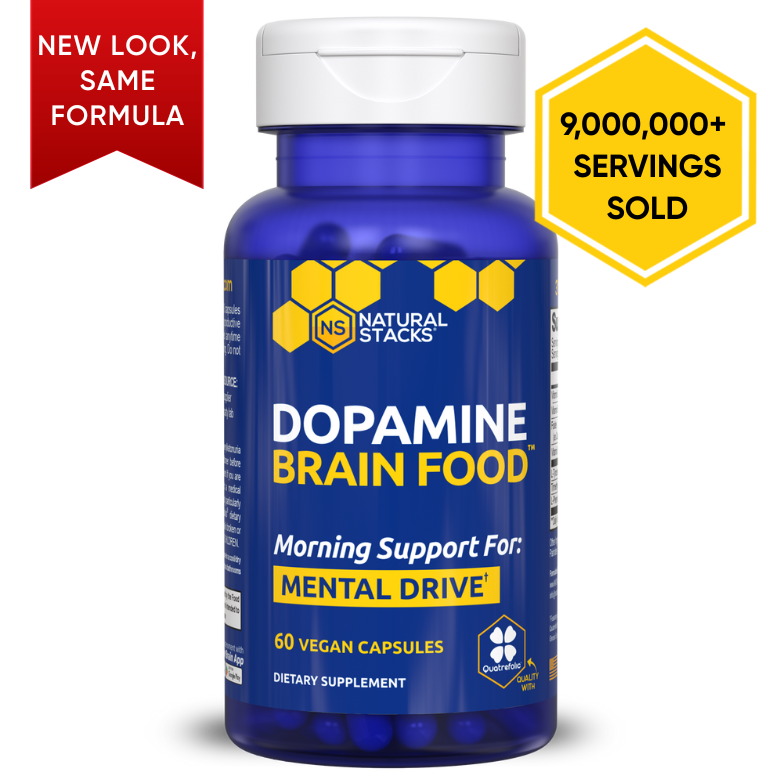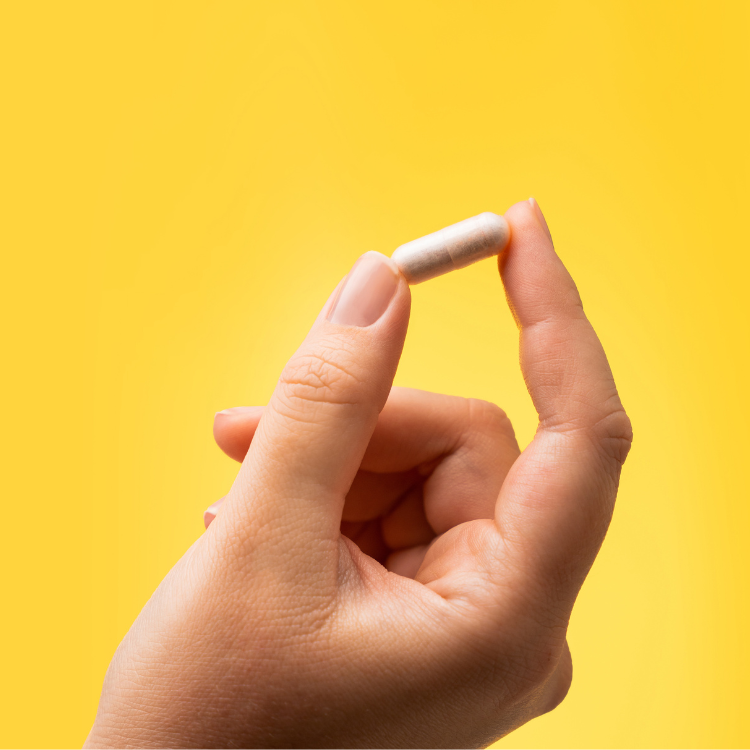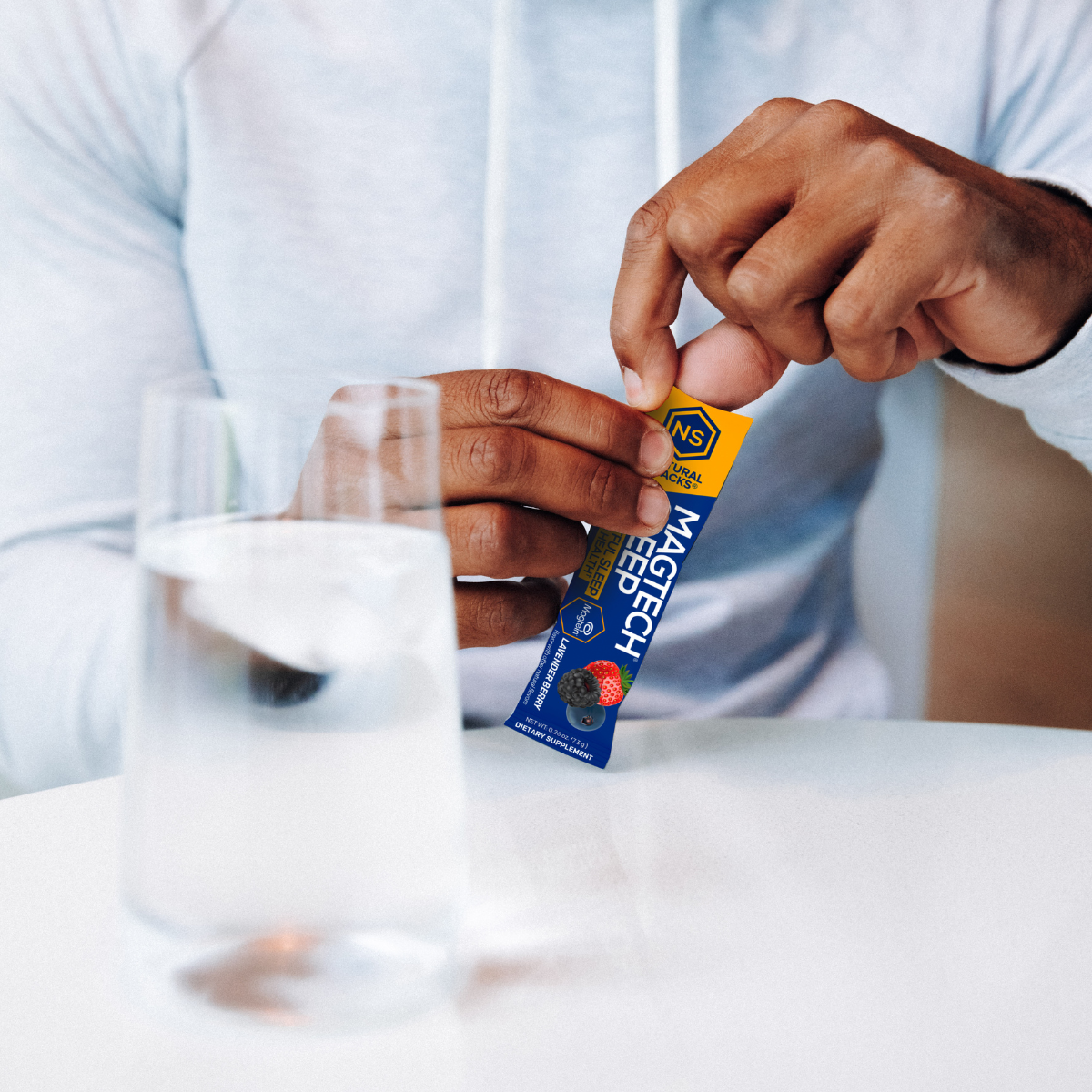Your 50% OFF Discount Will Be Automatically Applied In Cart (When You Add 4+)! Excludes subscriptions.
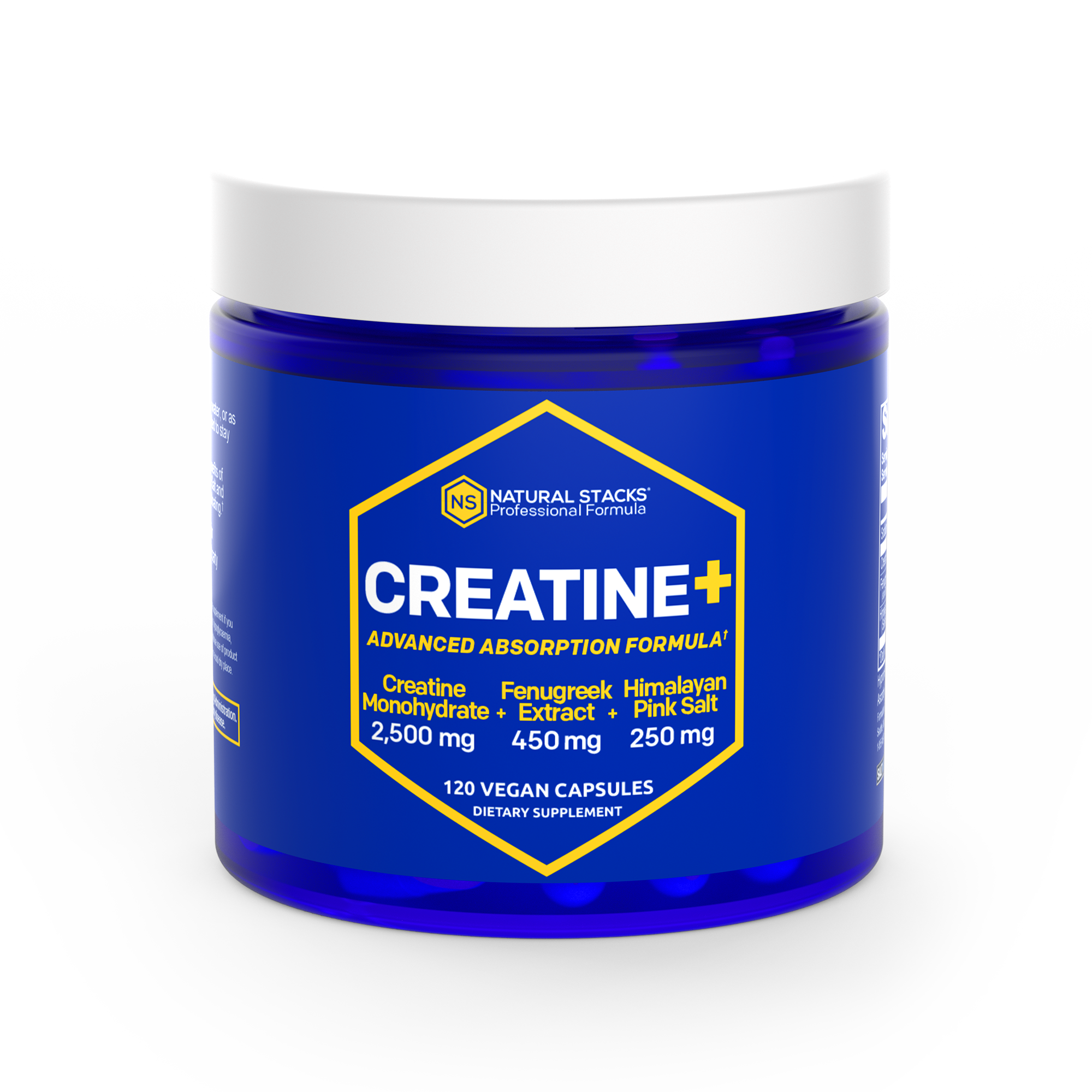
Creatine+
$29.95
Rated 4.9 out of 5
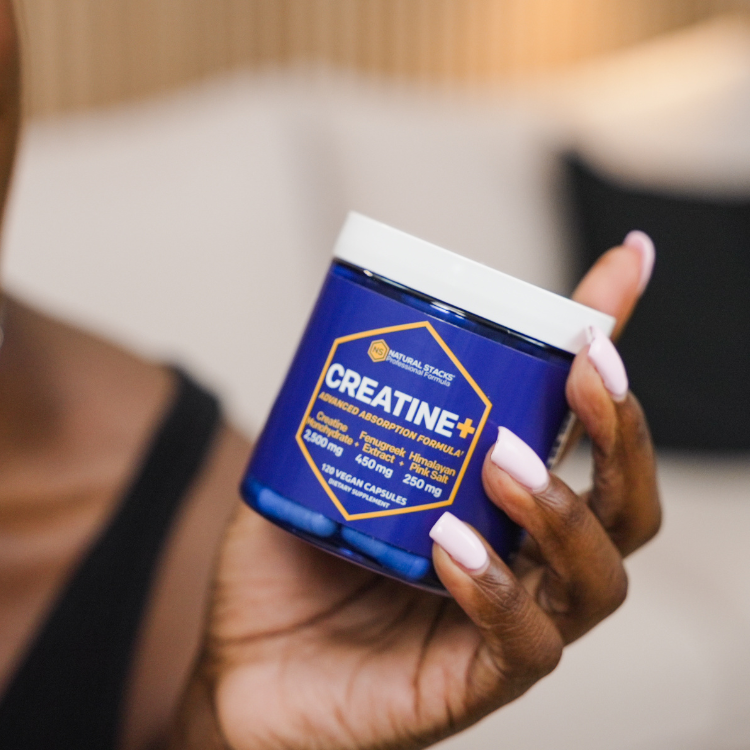
Himalayan Pink Salt For Enhanced Absorption

Neuroprotective formula for healthy aging.*
Scientifically Formulated Ingredients
How To Use
How To Use


x30 servings
Take 4 capsules per day as needed or as advised by a healthcare practitioner. 120-count bottle!

4 capsules/day as needed
Take 4 capsules per day as needed or as advised by a healthcare practitioner.
Warning: If you are pregnant, nursing, or taking medications, consult a healthcare practitioner before use.
Results You Can Feel. Lab Tests You Can See.
Learn More About Our Commitment to Transparency

Warning: If you are pregnant, nursing, or taking medications, consult a healthcare practitioner before use.


